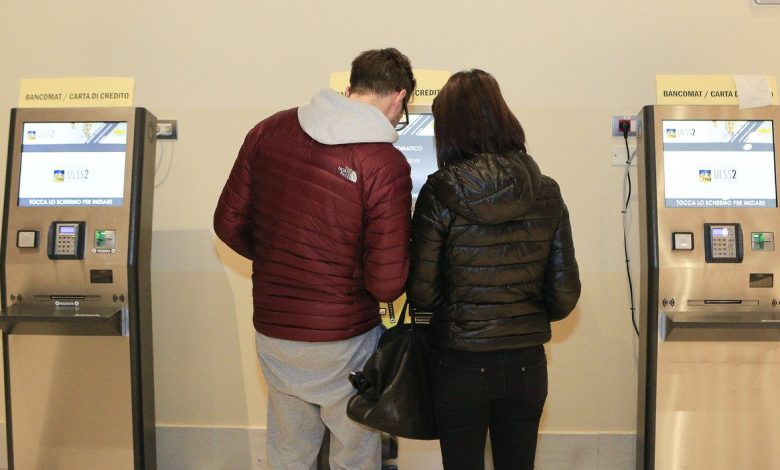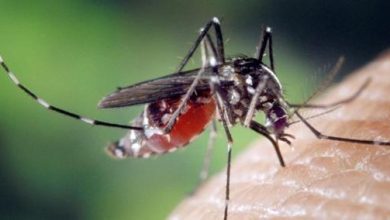Nobody pays a code white ticket in the emergency room, that’s why

The law in this sense is straightforward, and there is no room for interpretation: anyone who enters the emergency room and after the first triage receives a “white code” (i.e. a less clinically severe condition), is required to pay the ticket. They are 25 euros. The emergency doctor fills in the forms, gives the patient the payment paper, the latter must settle the bill at the exit, as well as using automated teller machines, now common in all hospitals in the region. Everything looks linear. But the use of the subjunctive was not used by chance. Among what is filtered from the departments throughout Friuli Venezia Giulia, in fact, a disturbing and disturbing picture emerges: practically no one pays the ticket. And the health system loses thousands of euros every day. It is a pity that for other services (exams, visits), the ticket often has to be paid in advance. A gap, that of the emergency room, which further amplifies a case of apparent difficulty, because paying the ticket should – in the original programs – discourage emergency departments from crowding out for disorders that could also be treated elsewhere.
the facts
Not all white tokens have to pay the ticket. This hypothesis does not shift the essence of the problem by one atom. In fact, there are particularly vulnerable groups (or rather considered by the health system as such) who can always get to the emergency room for free. But not all others do. For the local health economy, it is a real drain. The rumors – anonymous to protect people’s work – come from all the hospitals in the area. Yes, because the picture is the same everywhere. Paying a 25 euro ticket to get with a slight illness to the emergency room is still a dead letter. “No one pays,” is the testimony pervasive in Friuli Venezia Giulia. And at this point, it makes sense to investigate the causes. How can a state rule be so widely ignored by the same “watchers” who should ensure its compliance?
the reasons
Emergency wards are in distress. It has been mentioned many times and there is no shortage of testimonials. And the lack of personnel in the corridor, in addition to congestion in emergency areas, also entails a significant “forgetting” regarding the obligation to pay a ticket of 25 euros. “Colleagues massacred by bureaucracy – that is the testimony pervasive in the emergency department – are unable to pursue this task either.” Emergency workers, then, are constantly “threatened” by patients under the age of “patients”, who are also protesting in order to pay the ticket. Complaints are daily, even in this sense. Then an incomplete picture emerges: some doctors do the procedure correctly, others just can’t do it just a matter of time.
meter
When the emergency room doctor fills out the forms to make the non-risk patient pay the €25 ticket, an immediate action is activated. And of course there will be checks. Who should perform it? Certainly not the emergency room doctor, who has a lot to do. To deal with the problem must be the health authorities, with their staff. But it would be unreasonable – even from a logistical point of view – to use resources outside the emergency room to ensure real timely verification of payments. And in fact, it doesn’t end up being completely in control. Then there is a third case, which is now very rare: the patient being called to pay with the correct procedure. At that point, controversies engulfed. In fact, there are many calls coming into hospitals to try to cancel the duty to pay — even several days after reaching the emergency room. So more overtime for employees who are already in distress. However, the point is also economic: every day in the area there are hundreds of visits to the emergency room. Each white token will guarantee 25 euros, with a total of thousands of euros burned every 24 hours.

“Food expert. Unapologetic bacon maven. Beer enthusiast. Pop cultureaholic. General travel scholar. Total internet buff.”




